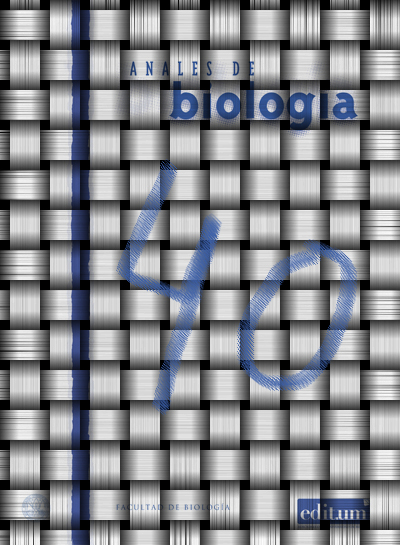Cultivation of Pleurotus ostreatus (Jacq .: Fr.) Kummer on pear pomace: Evaluation of productivity and chemical composition of the biodegraded substrate
Abstract
The aim of this work was to evaluate the feasibility of using pear pomace as a substrate for the commercial cultivation of two strains of Pleurotus ostreatus (Pl-P and Pl-J) and to analyze the variation of the chemical composition of the biodegraded pomace. The Pl-J strain presented 98,3% of Biological Efficiency, 35% of Yield and 45 days of Productive Period, while for Pl-P the values were 62,3%, 21,8% and 35 days respectively. The metabolic activity of both strains on the substrate led to a relative decrease in dry matter and organic matter content of 20 to 30%, and 60% for soluble carbohydrates (p<0,05). At the end of the Productive Period, the fibers (FDN, FDA and LDA) decreased 10 to 20% while the crude protein content was not significantly modified.
Downloads
-
Abstract450
-
pdf (Español (España))197

This work is licensed under a Creative Commons Attribution-NonCommercial-NoDerivatives 4.0 International License.
Las obras que se publican en esta revista están sujetas a los siguientes términos:
1. El Servicio de Publicaciones de la Universidad de Murcia (la editorial) conserva los derechos patrimoniales (copyright) de las obras publicadas, y favorece y permite la reutilización de las mismas bajo la licencia de uso indicada en el punto 2.
2. Las obras se publican en la edición electrónica de la revista bajo una licencia Creative Commons Reconocimiento-NoComercial-SinObraDerivada 3.0 España (texto legal). Se pueden copiar, usar, difundir, transmitir y exponer públicamente, siempre que: i) se cite la autoría y la fuente original de su publicación (revista, editorial y URL de la obra); ii) no se usen para fines comerciales; iii) se mencione la existencia y especificaciones de esta licencia de uso.
3. Condiciones de auto-archivo. Se permite y se anima a los autores a difundir electrónicamente las versiones pre-print (versión antes de ser evaluada) y/o post-print (versión evaluada y aceptada para su publicación) de sus obras antes de su publicación, ya que favorece su circulación y difusión más temprana y con ello un posible aumento en su citación y alcance entre la comunidad académica. Color RoMEO: verde.











